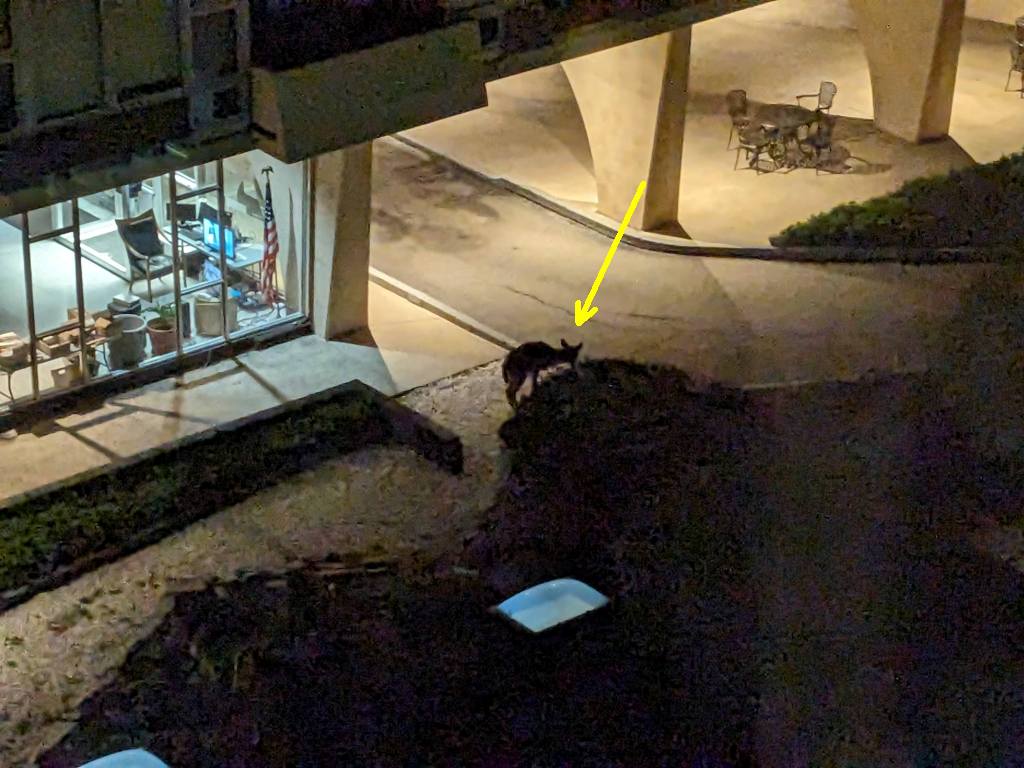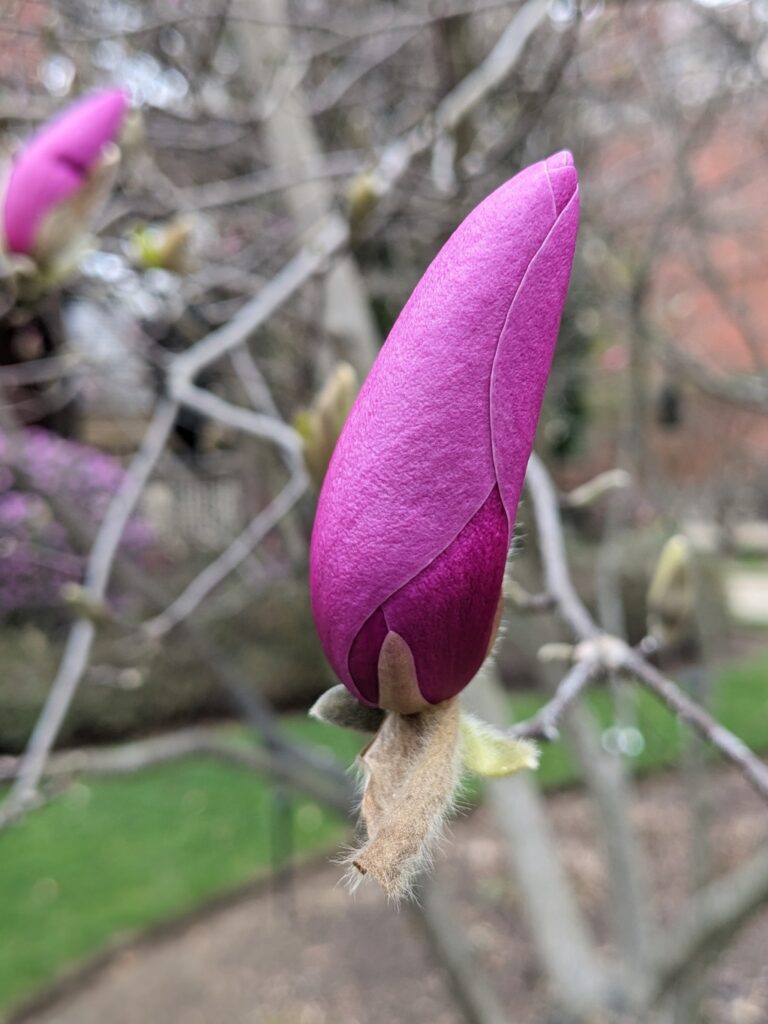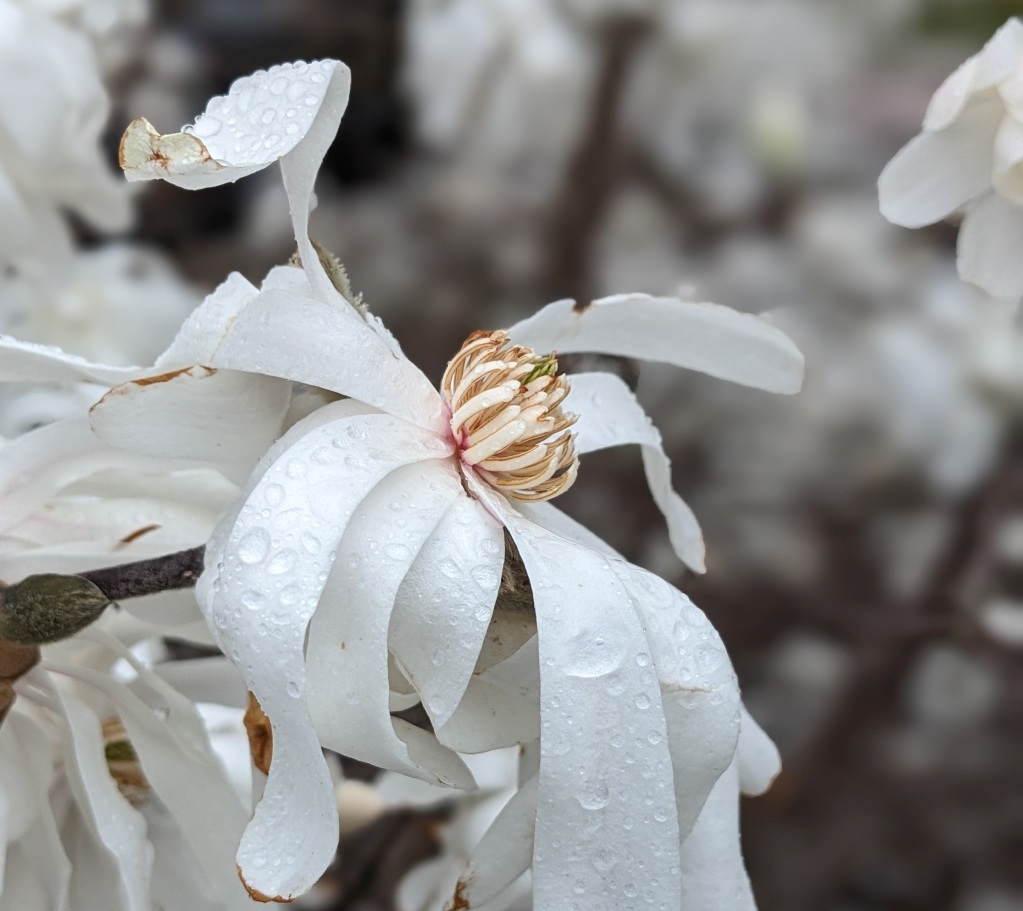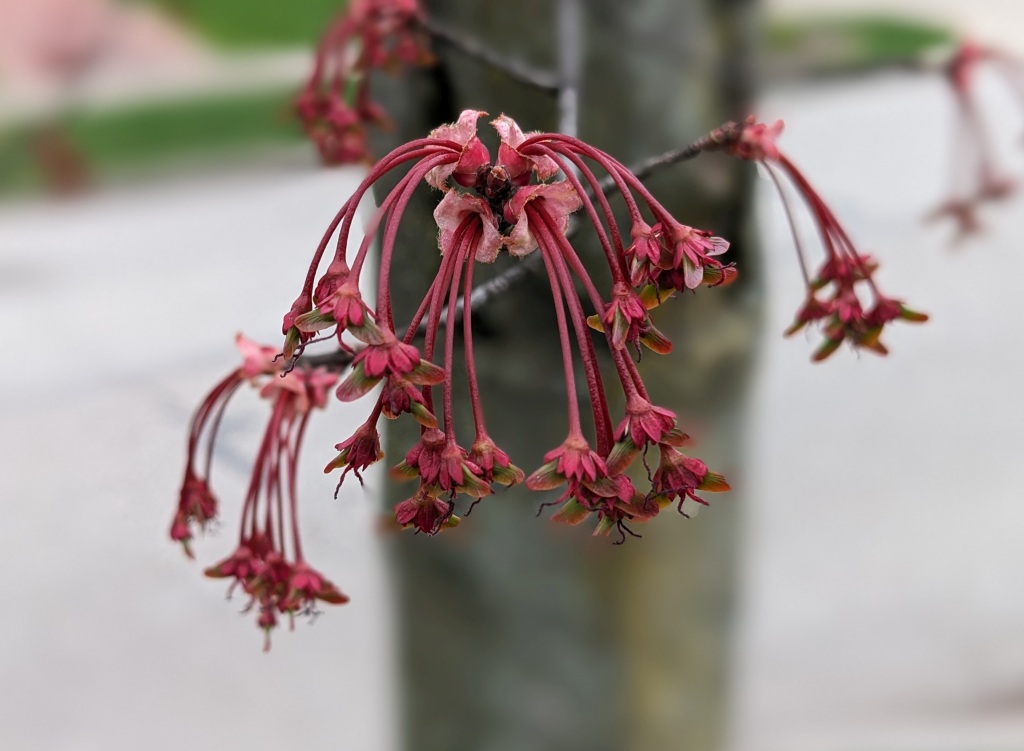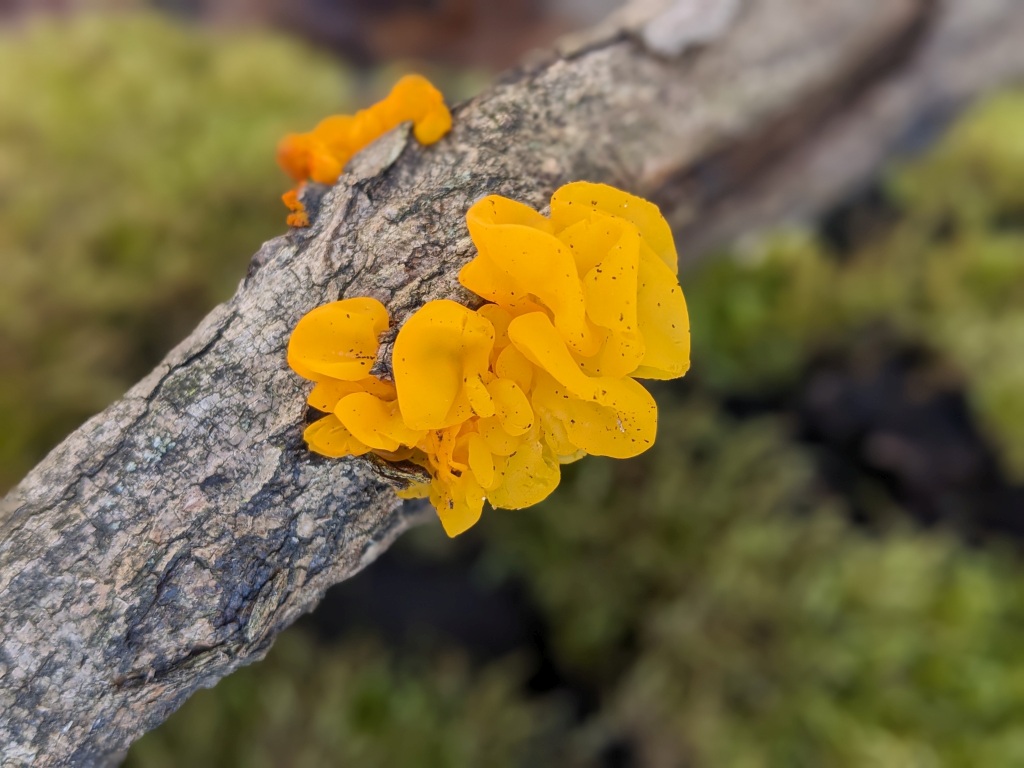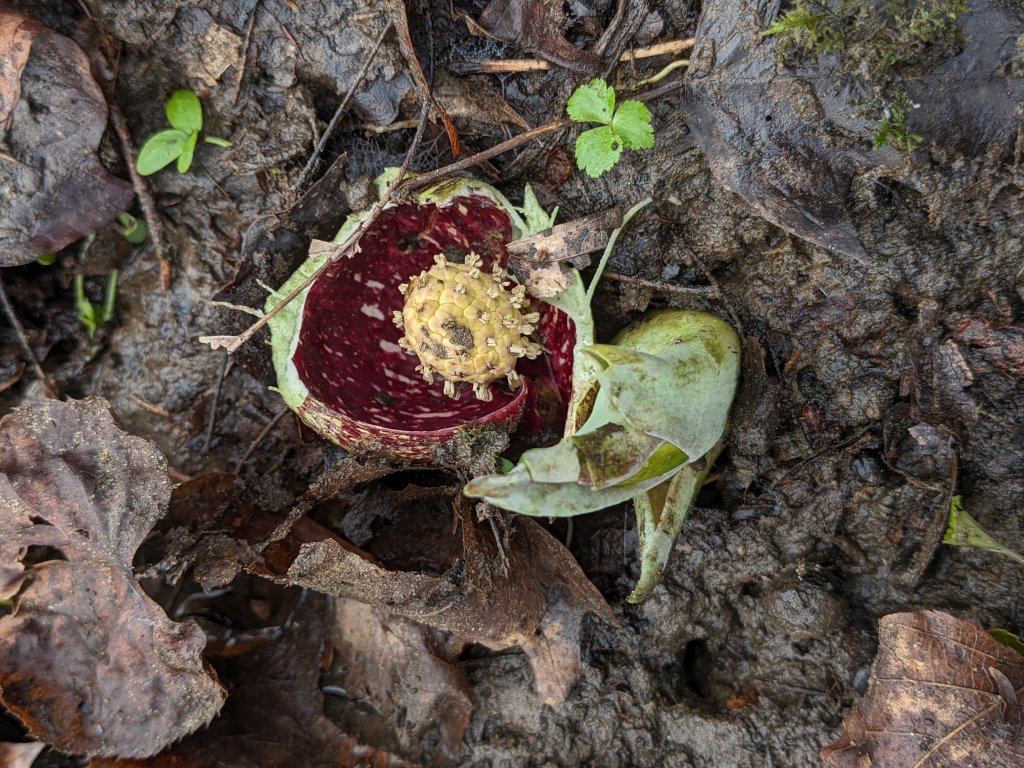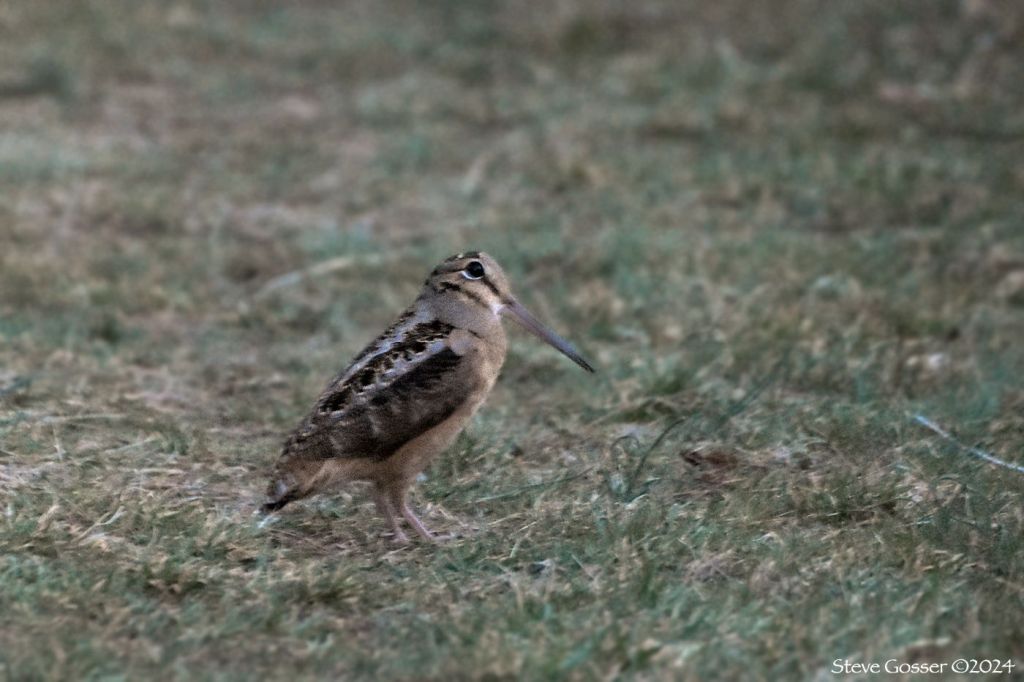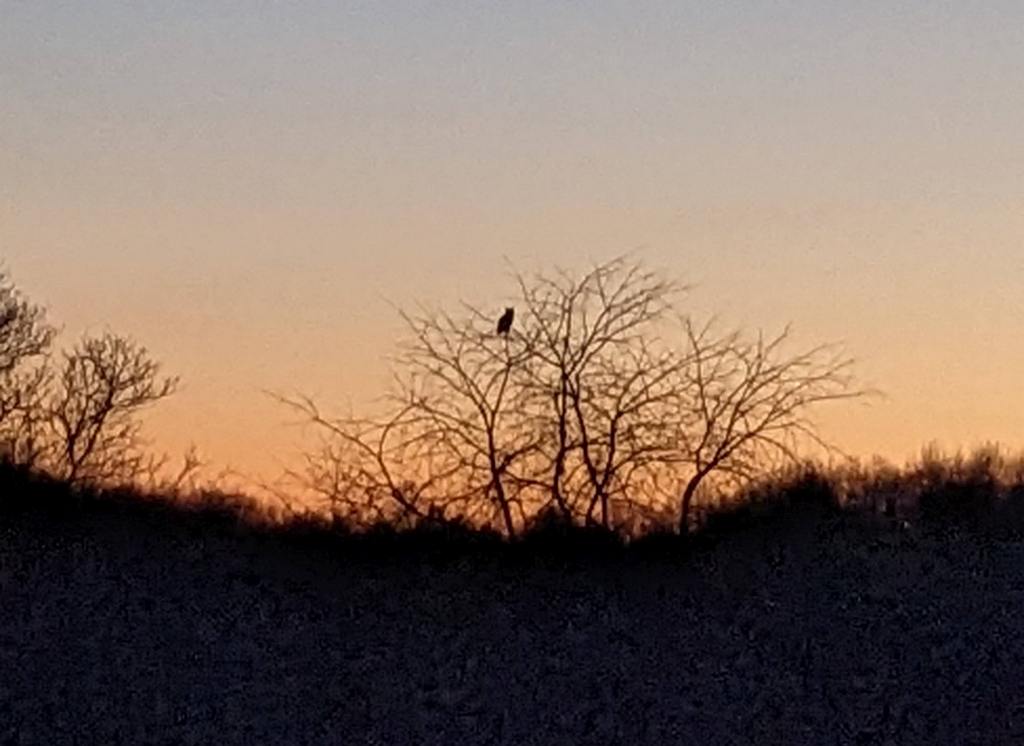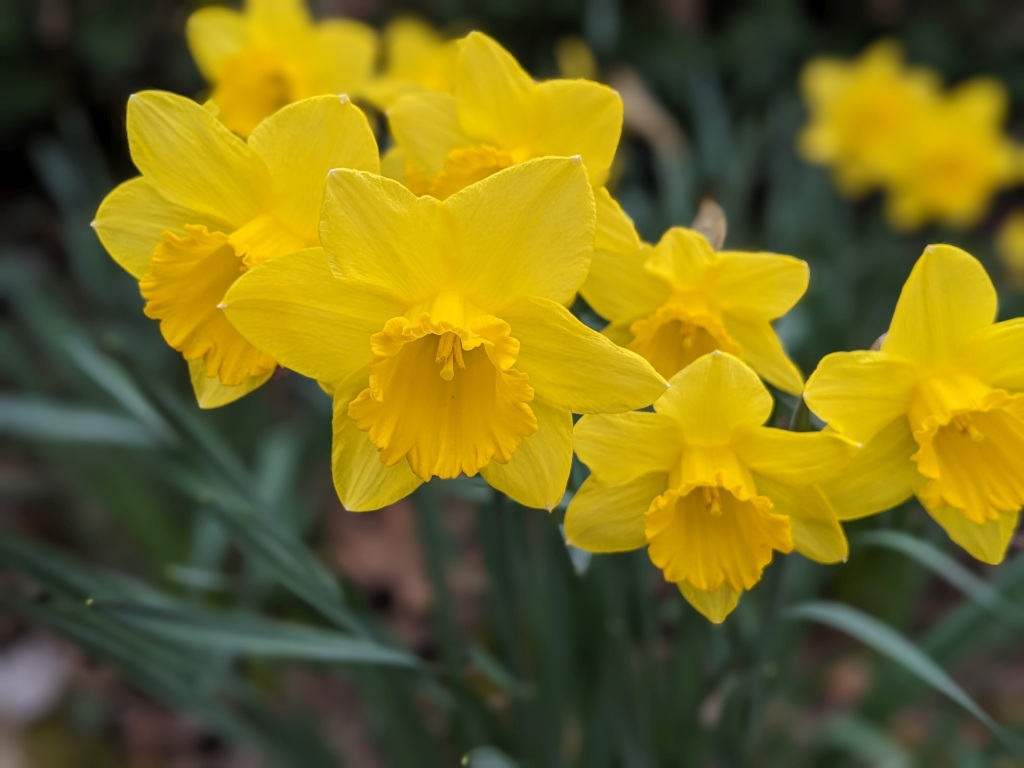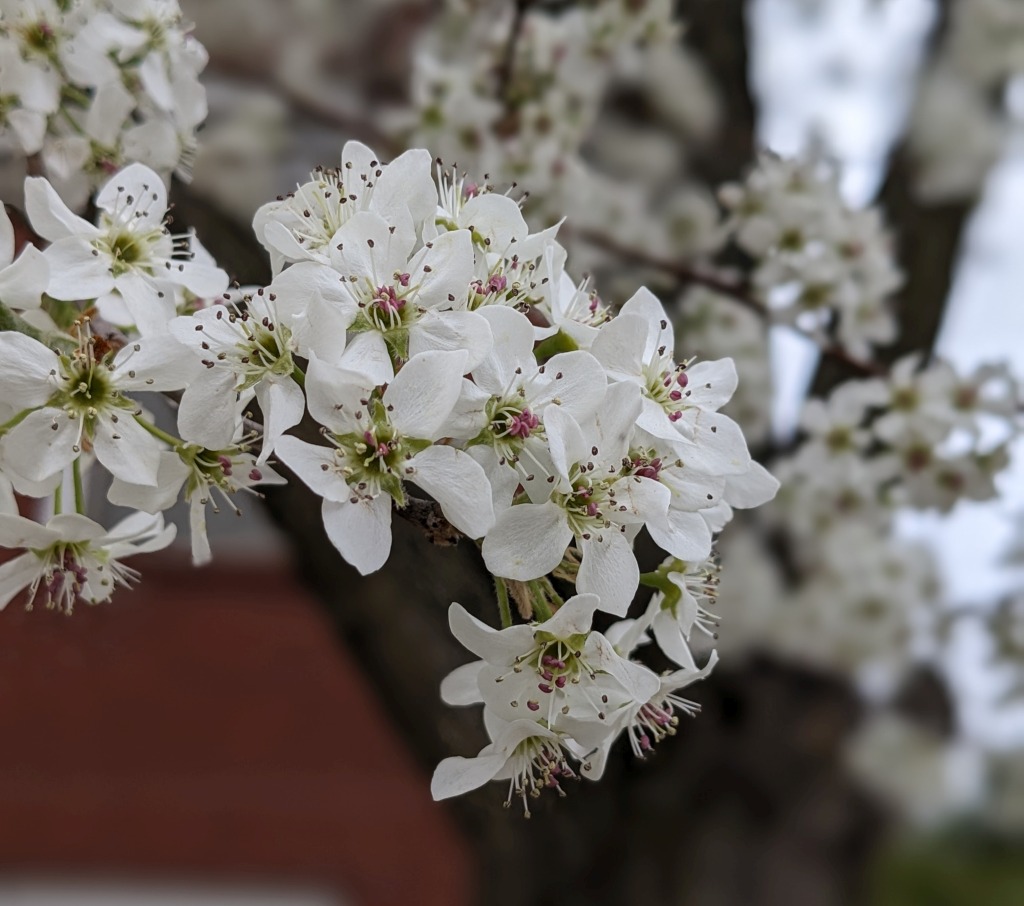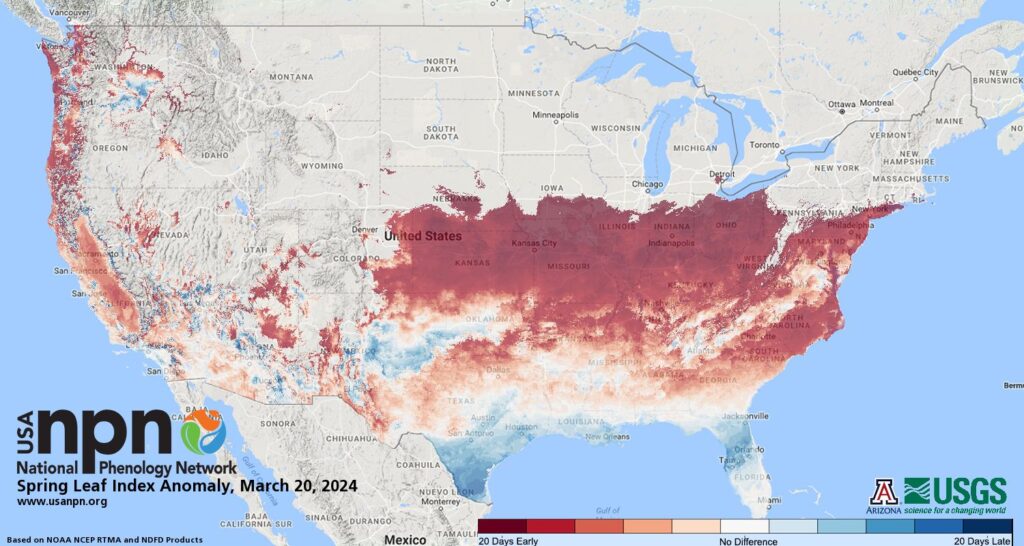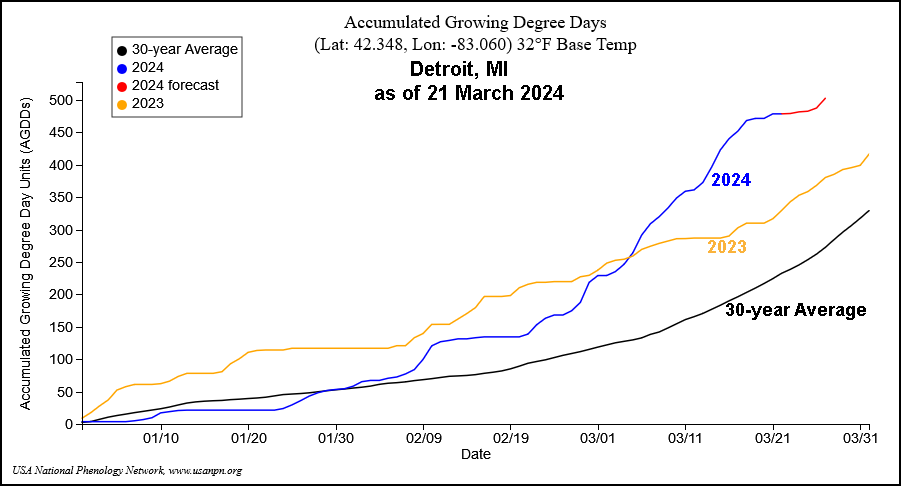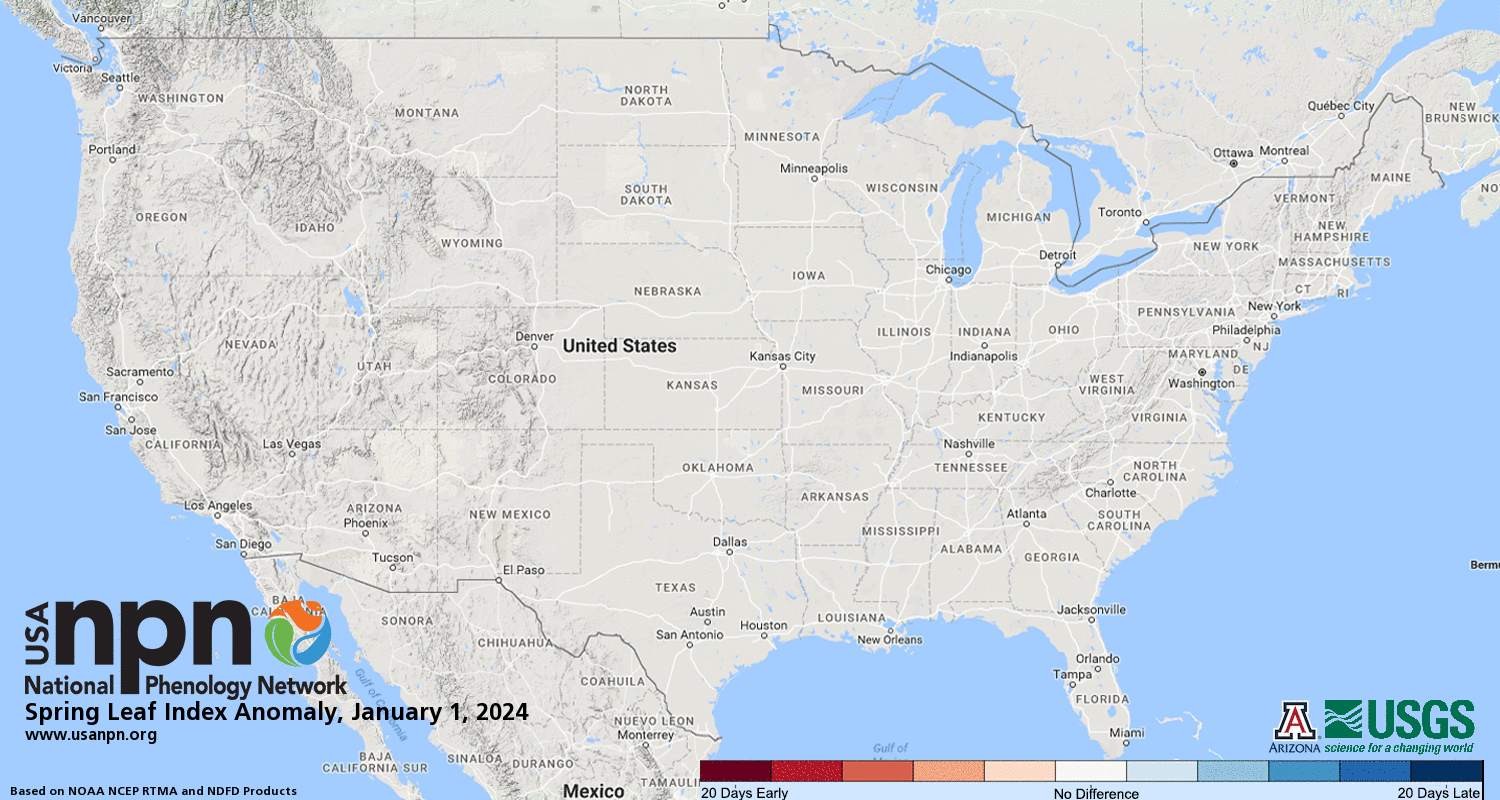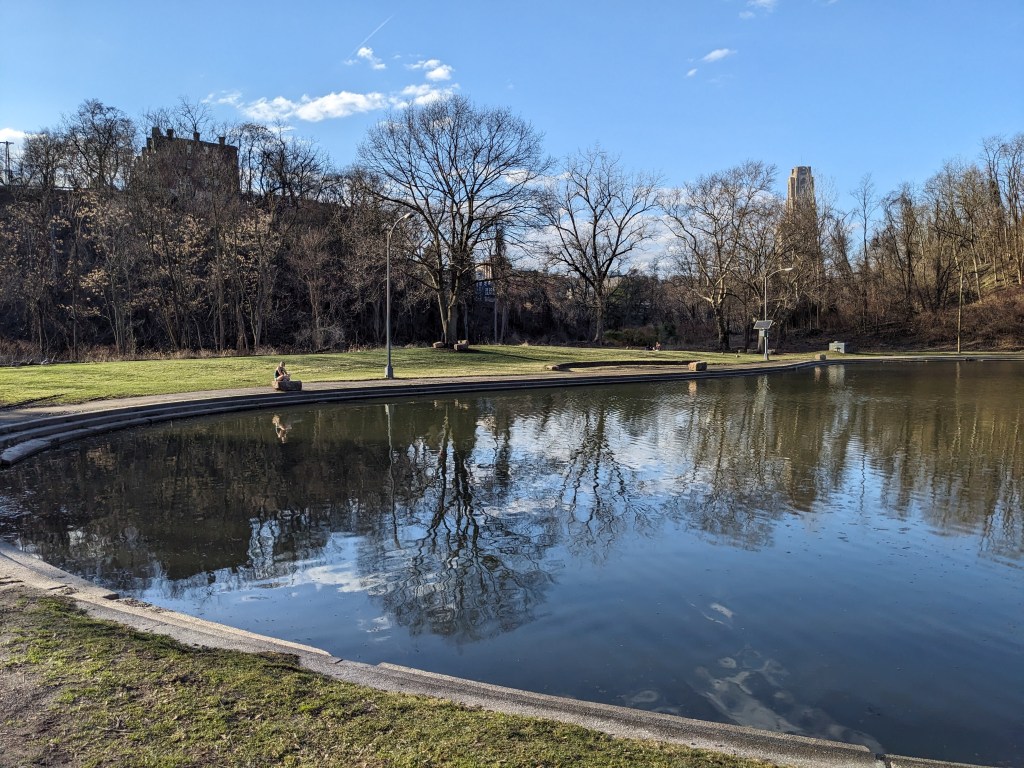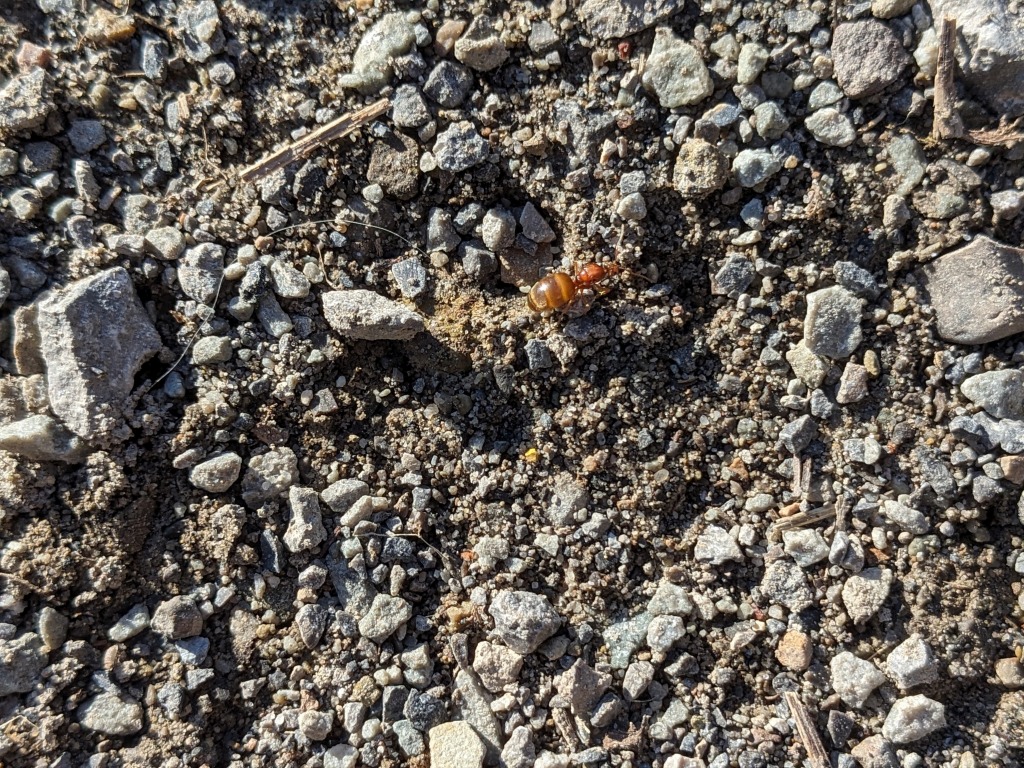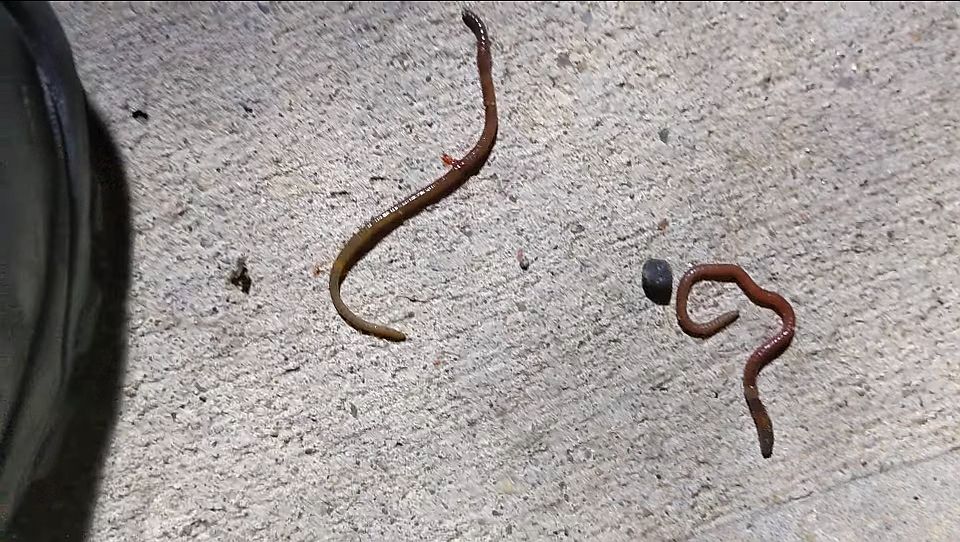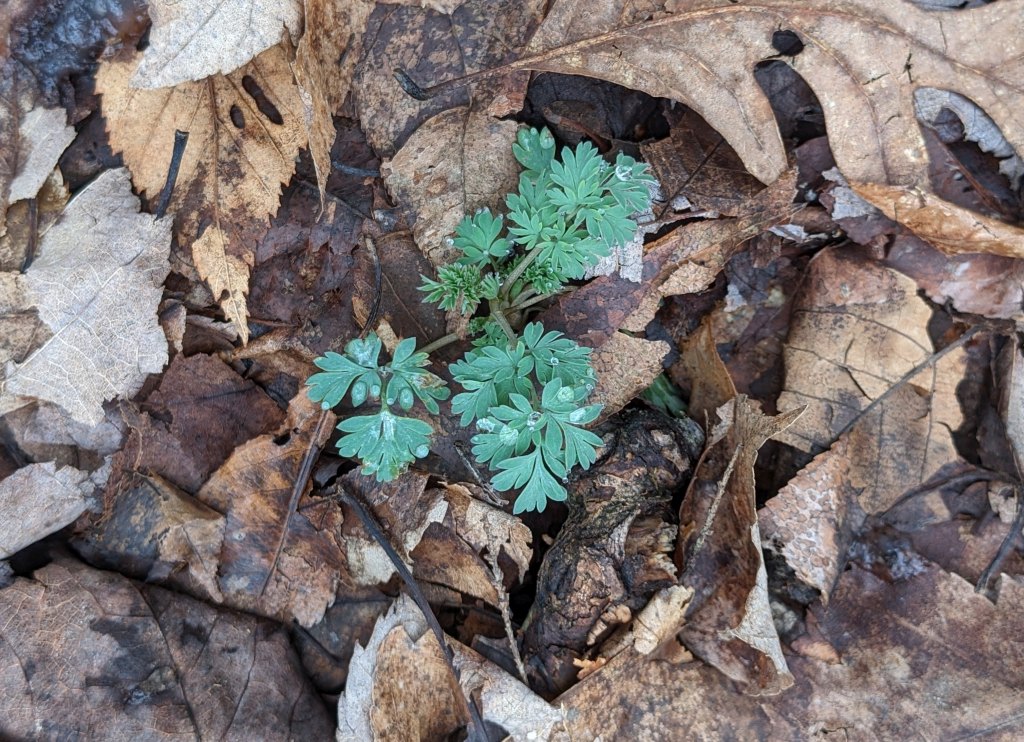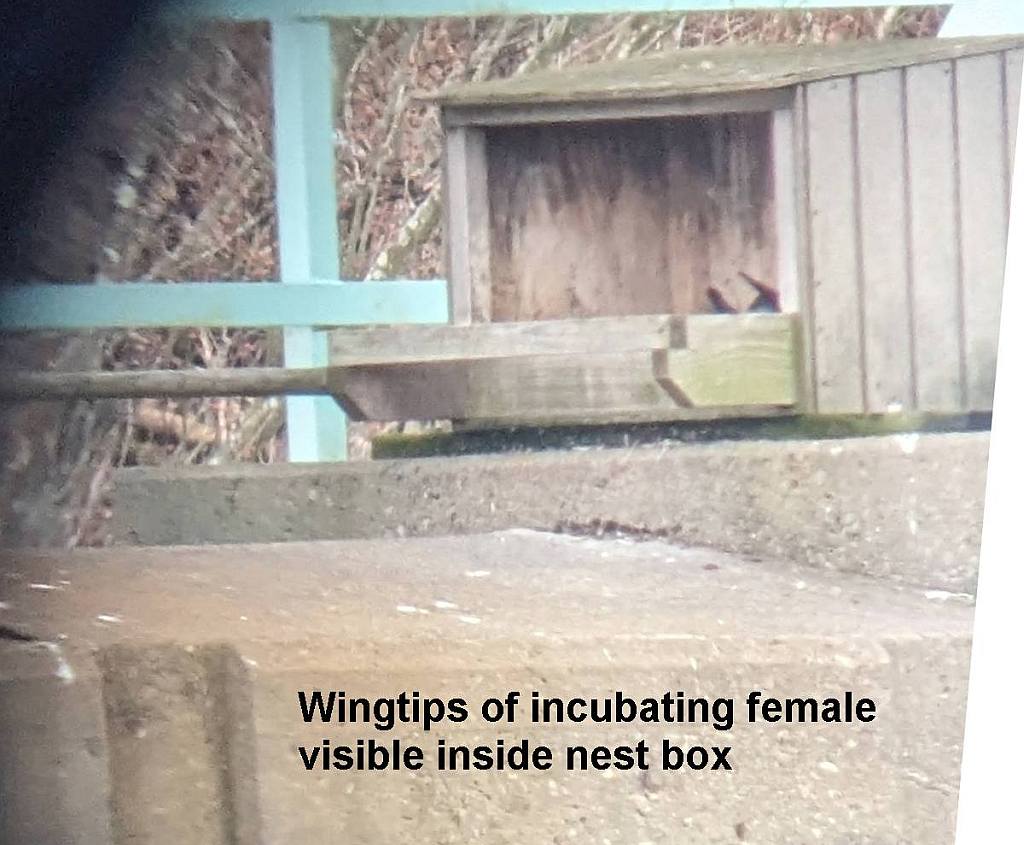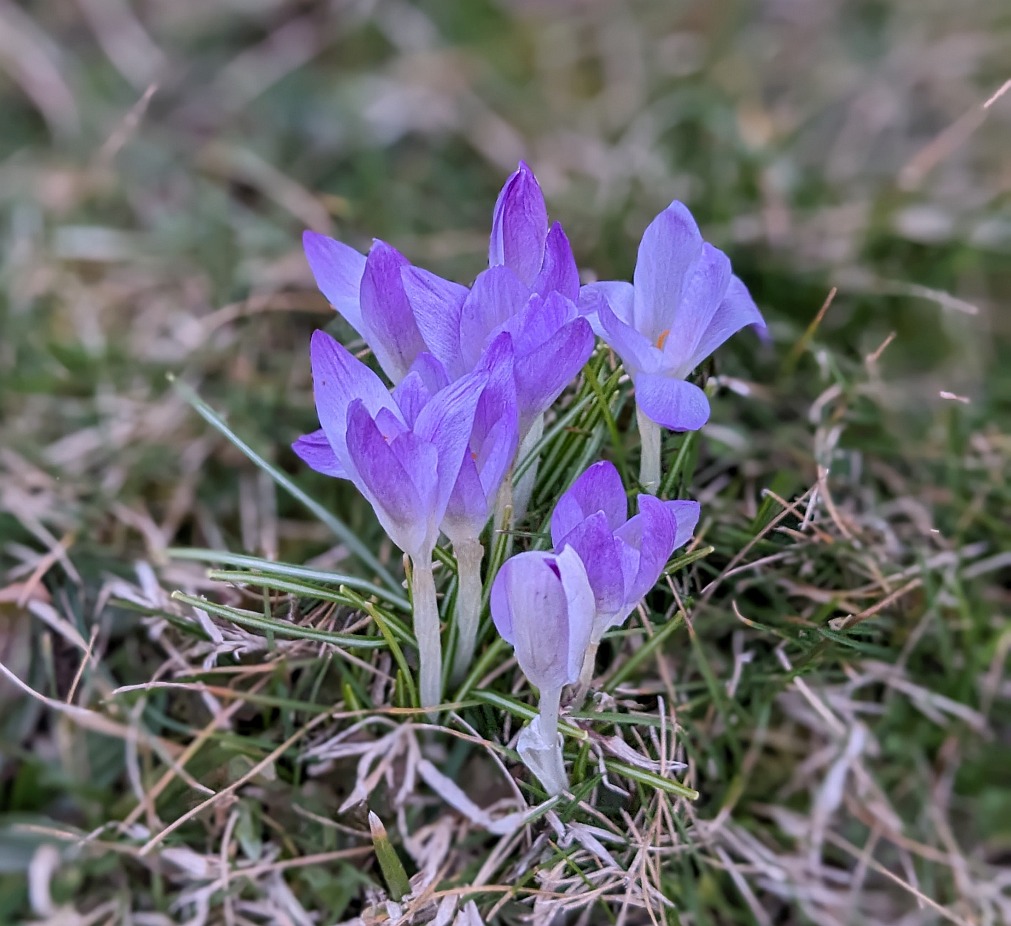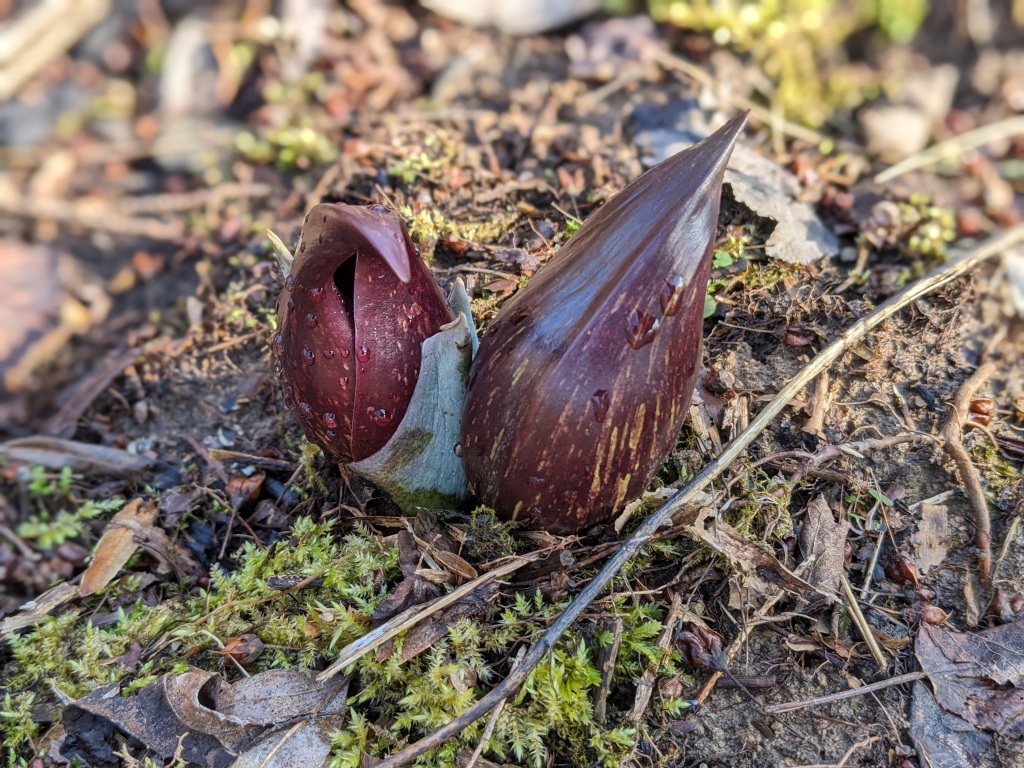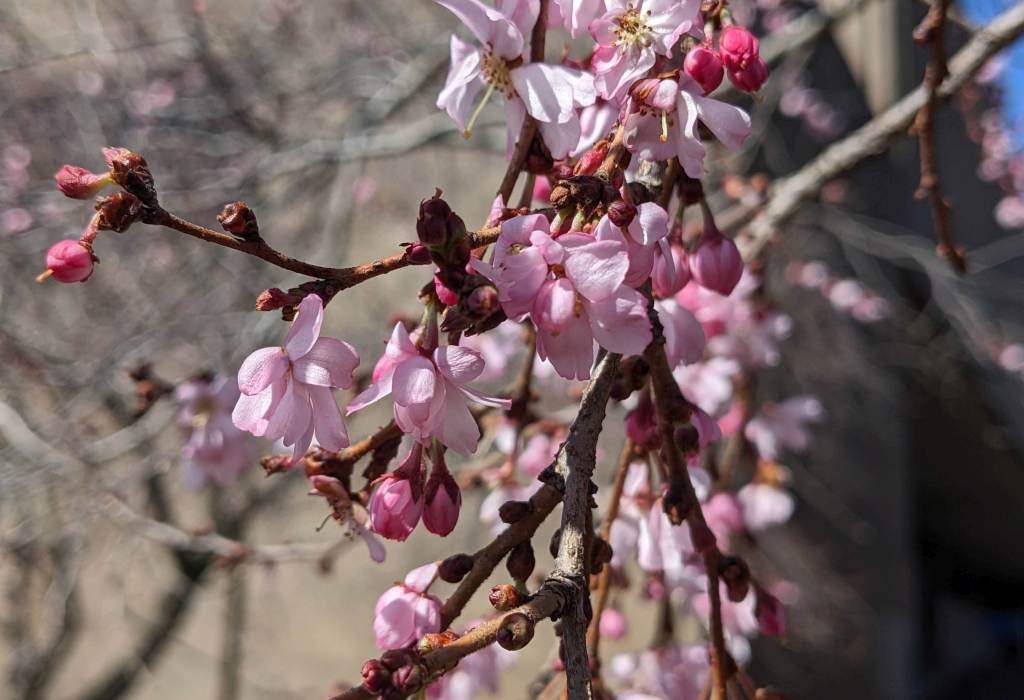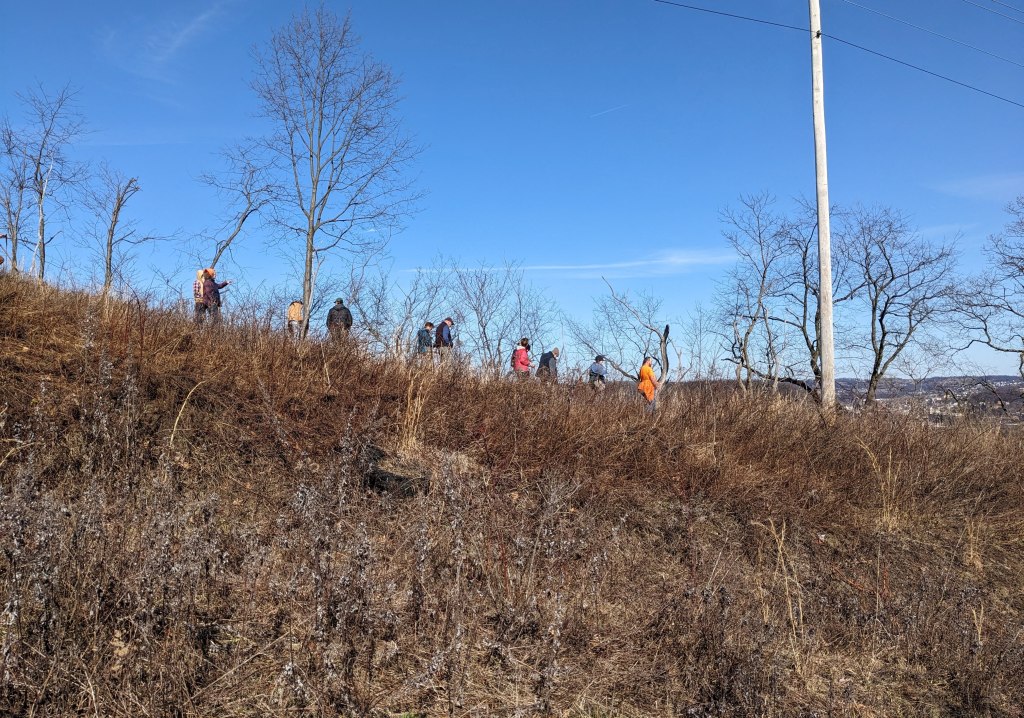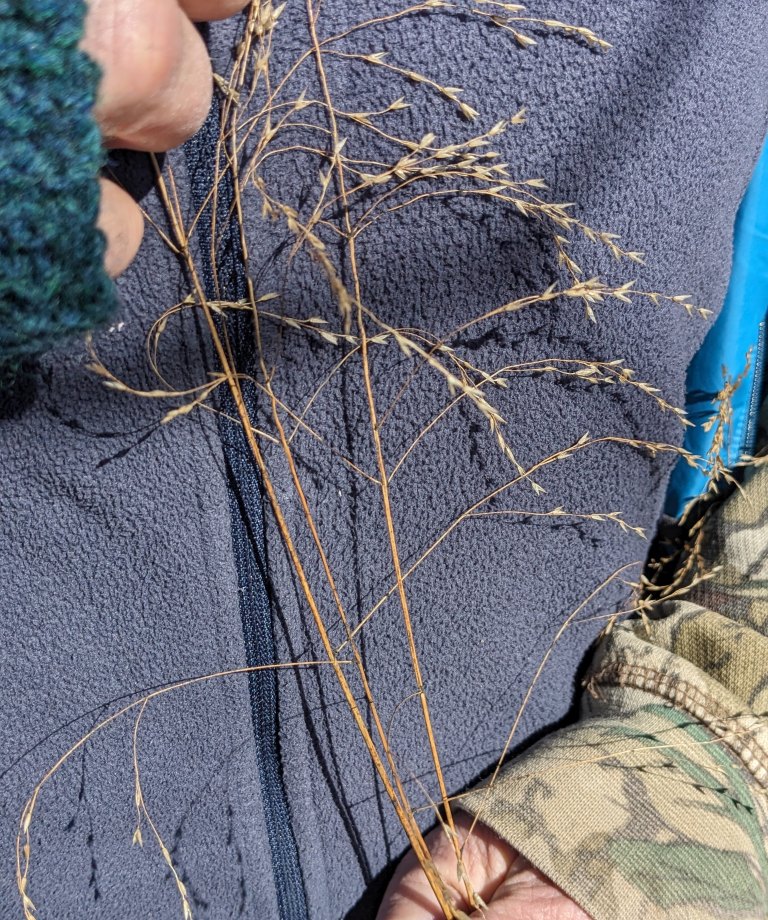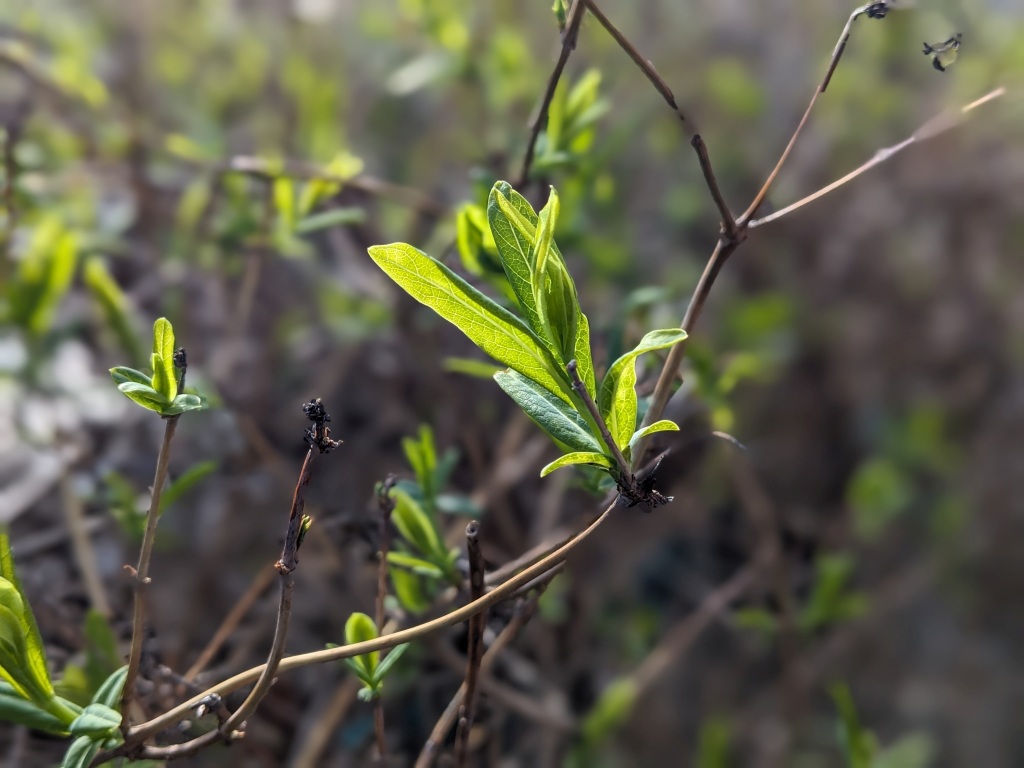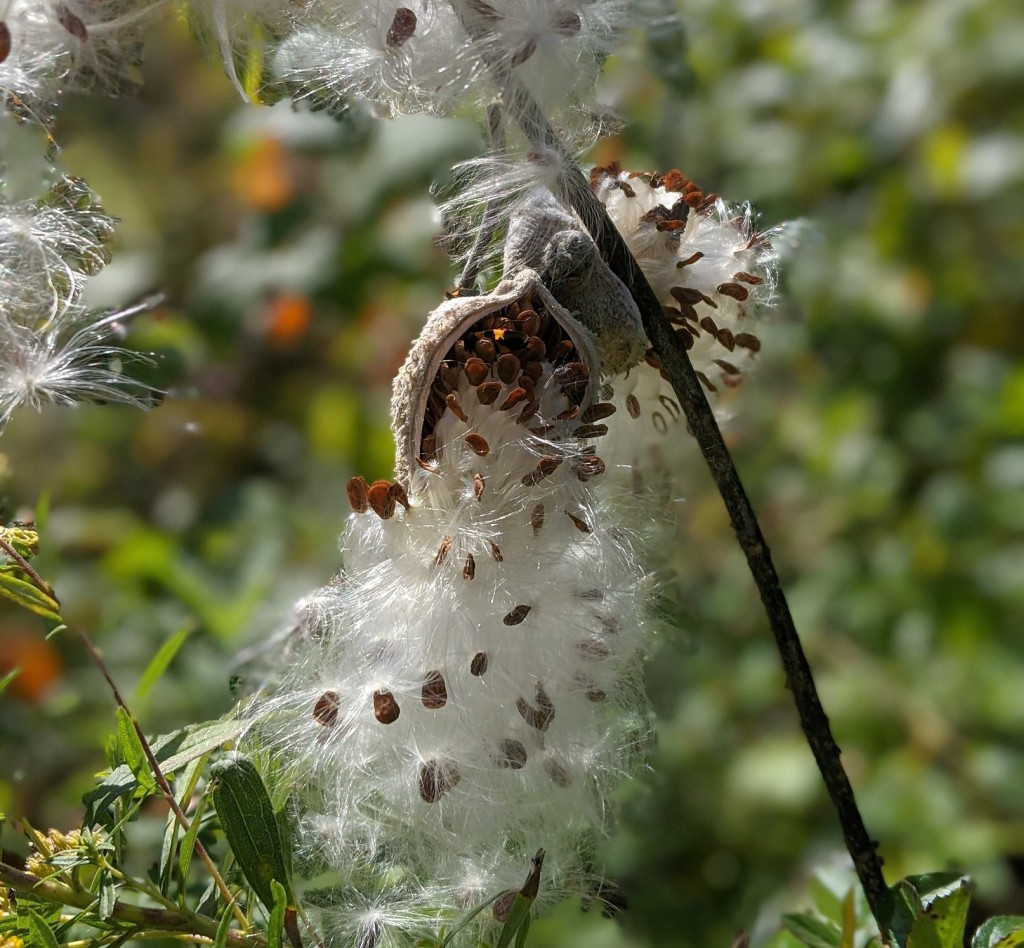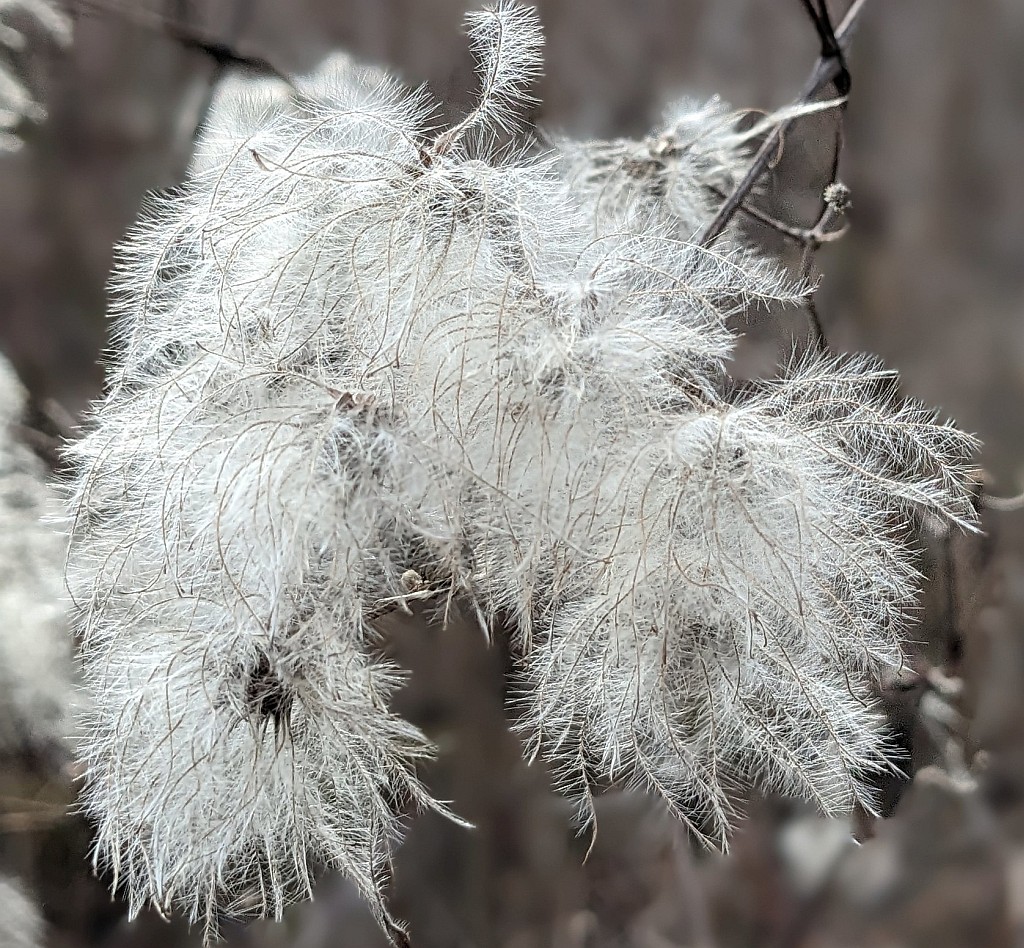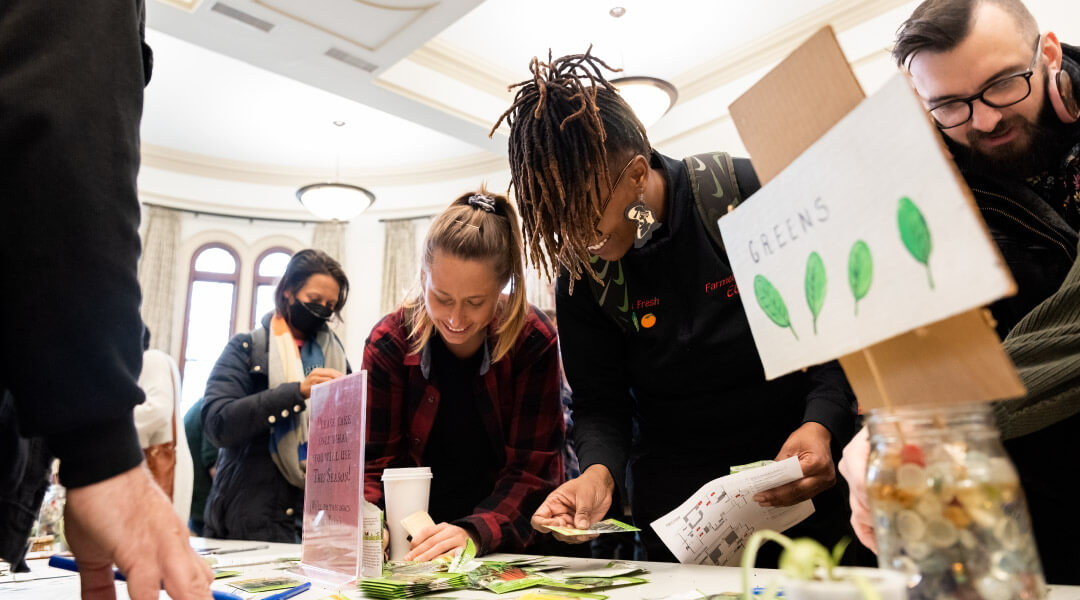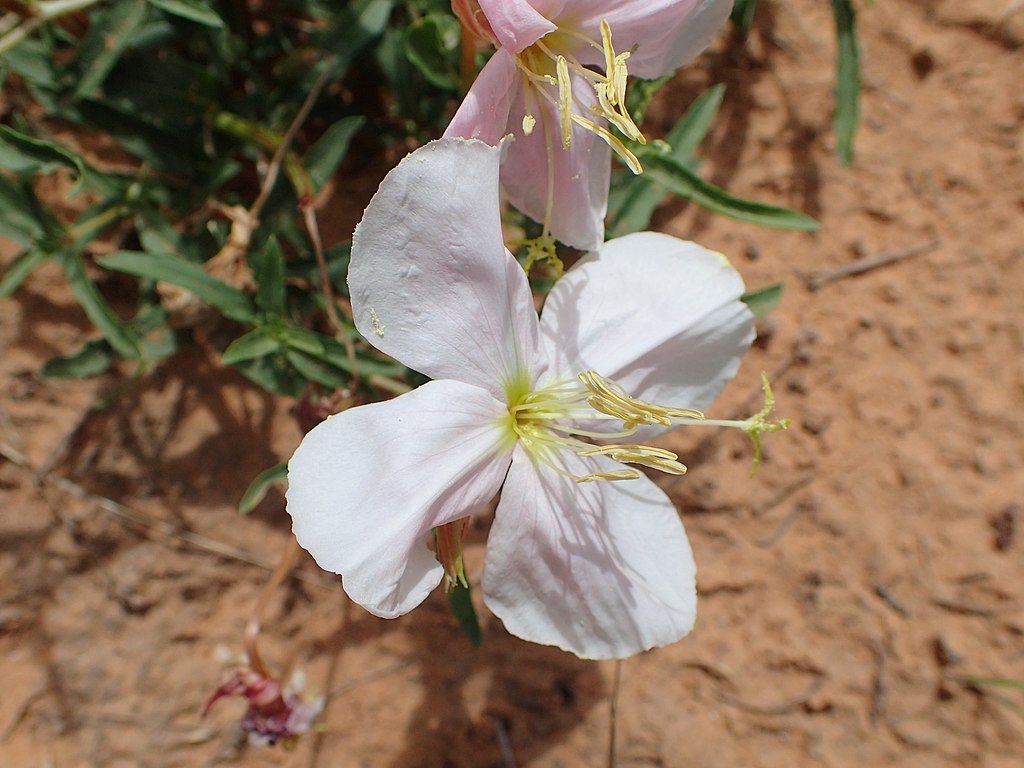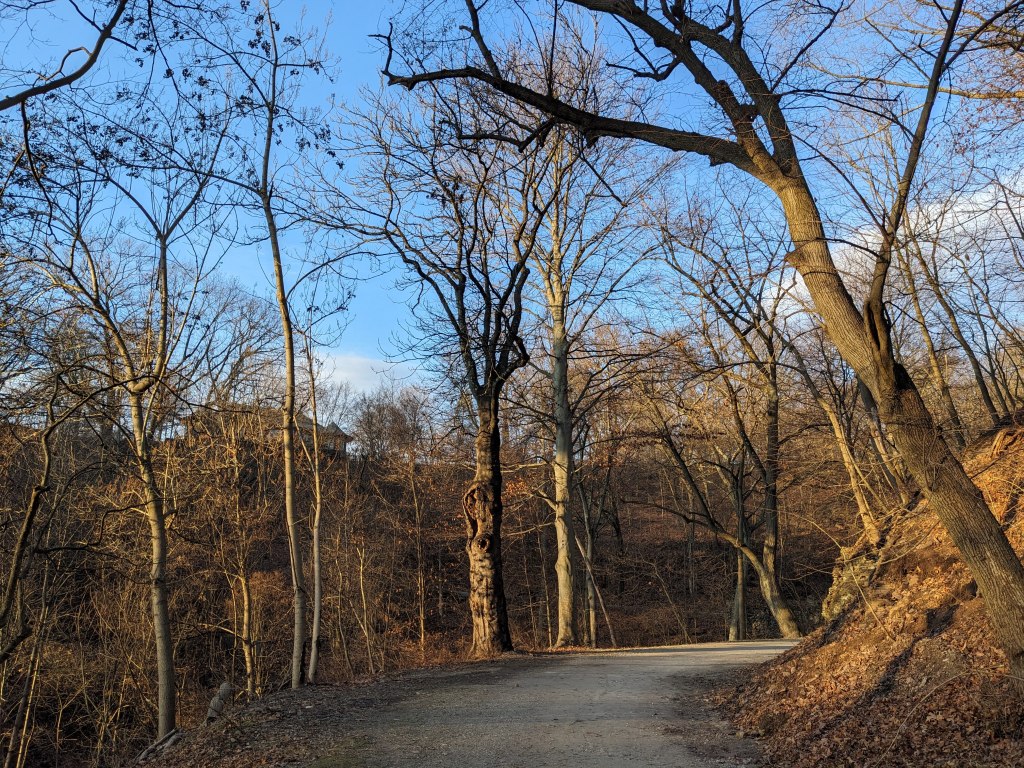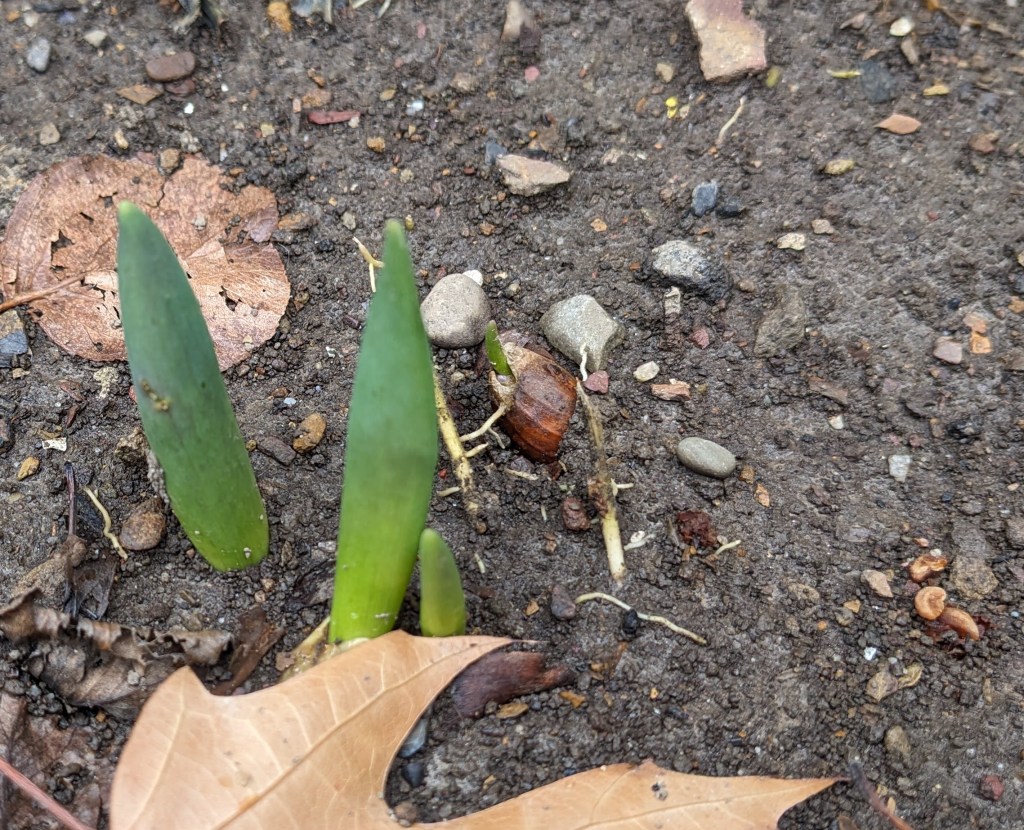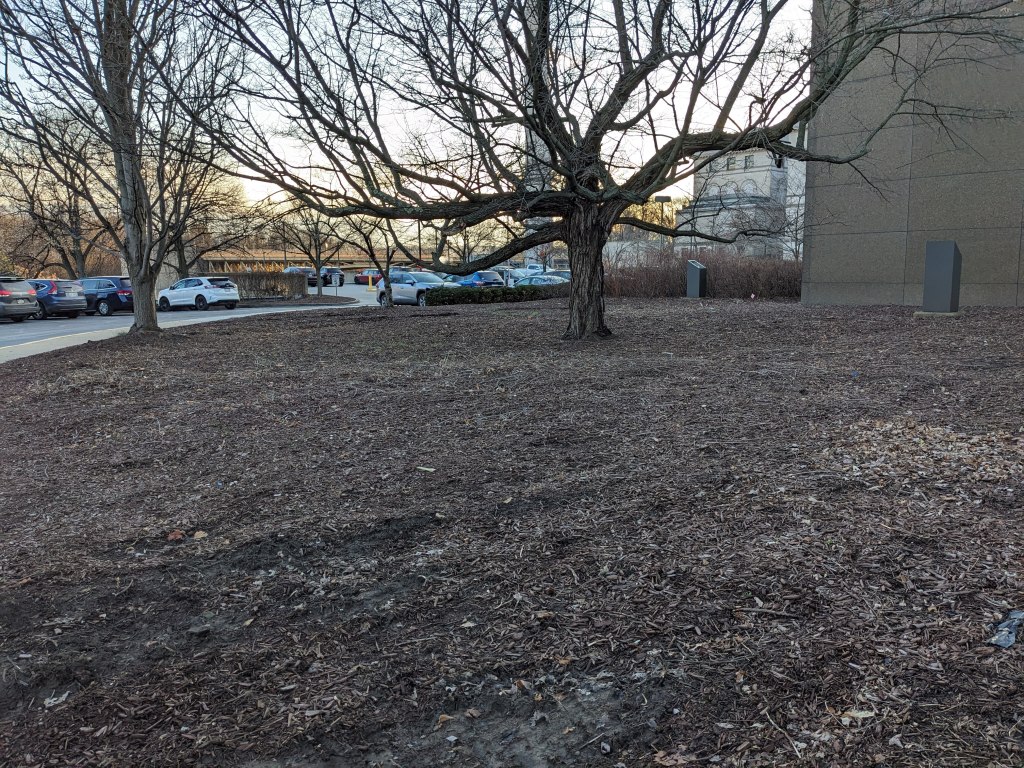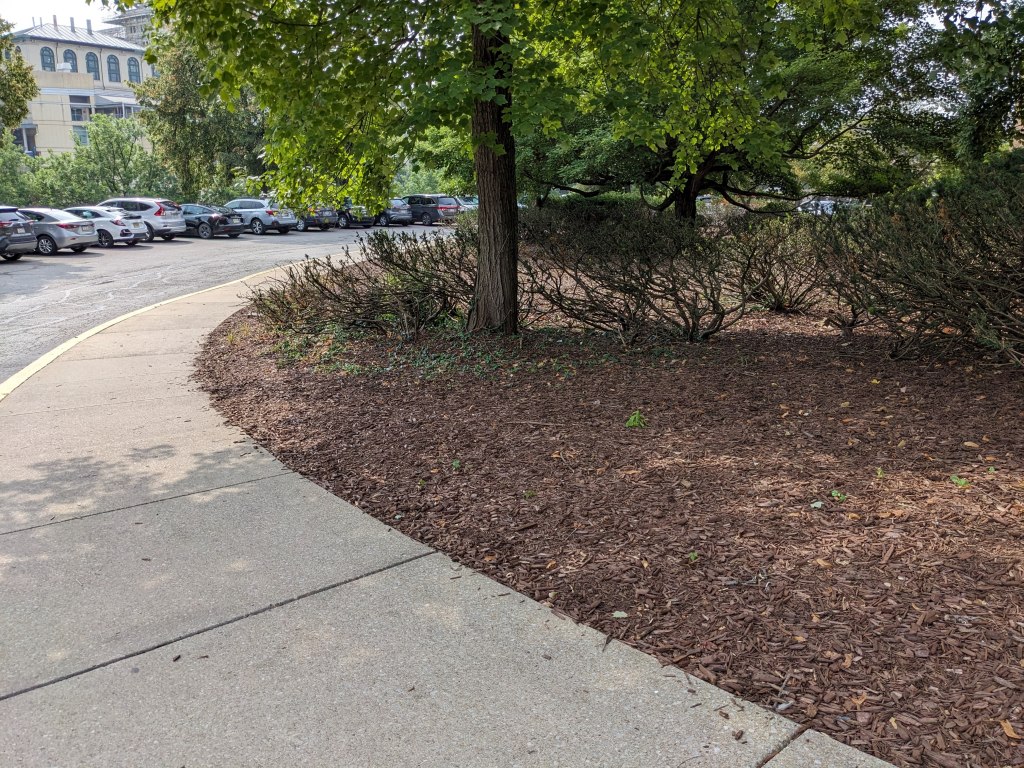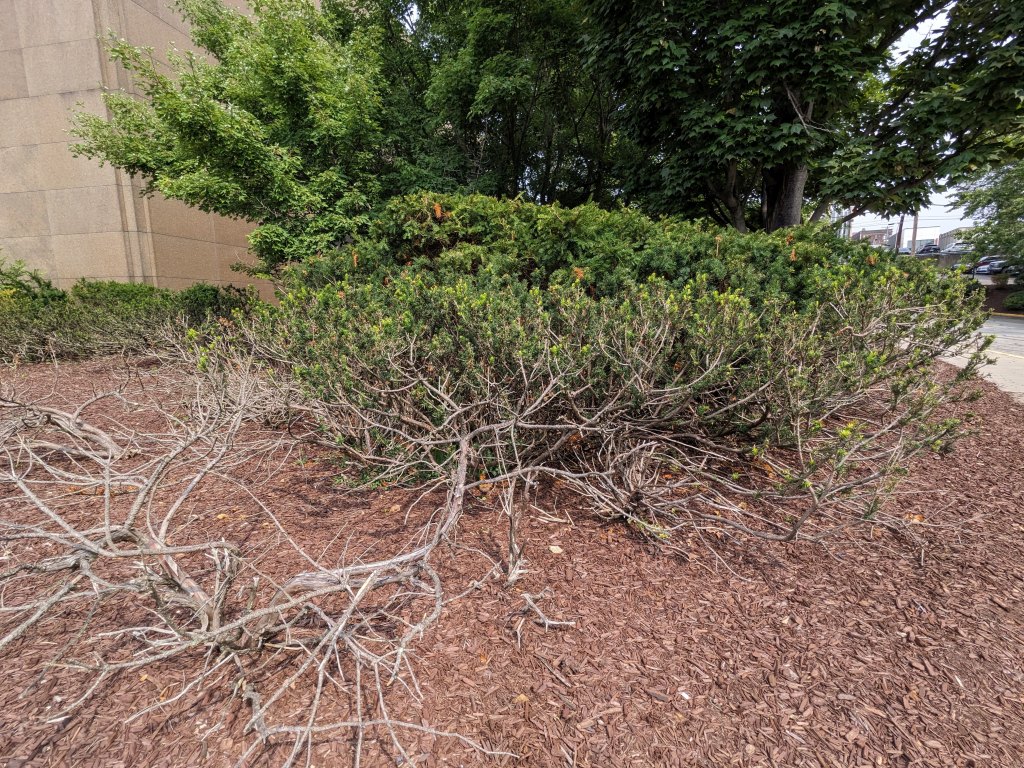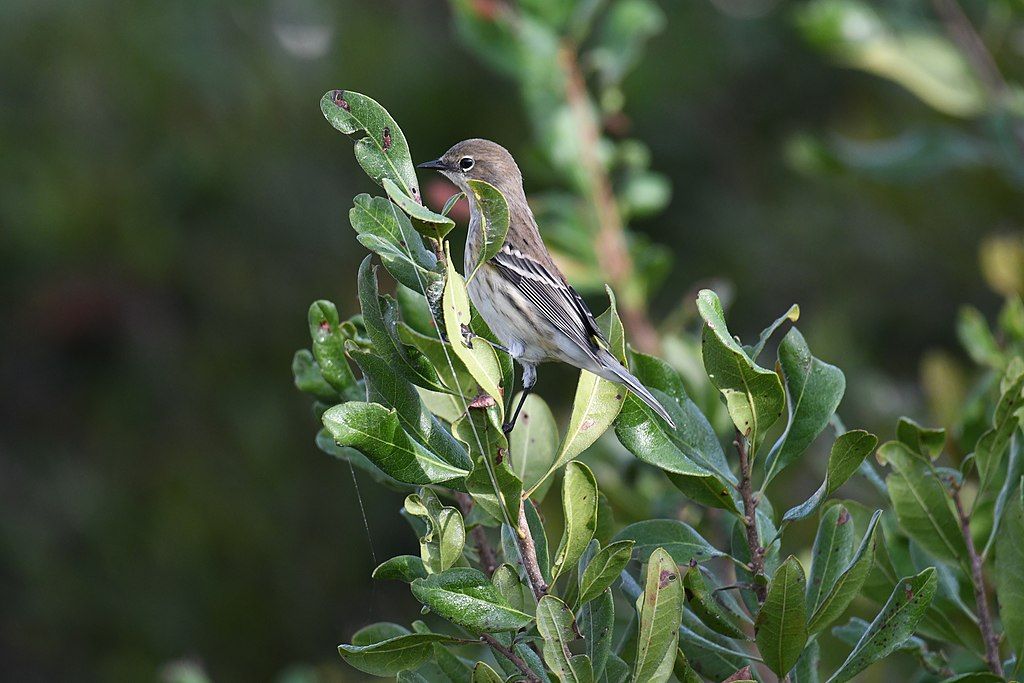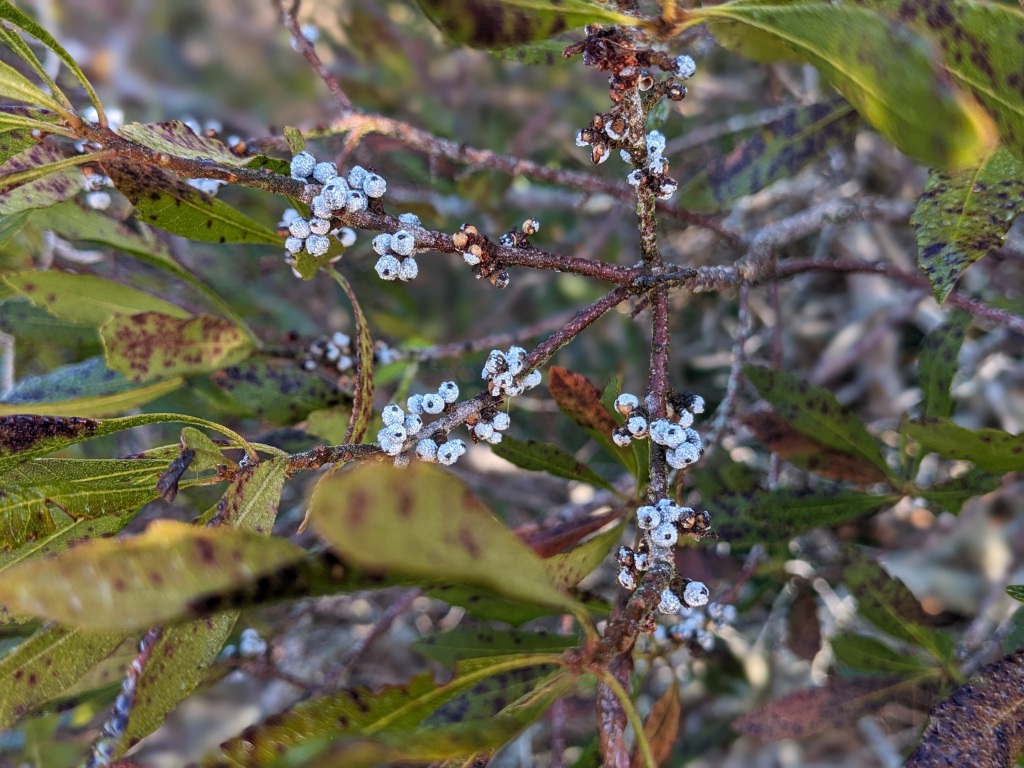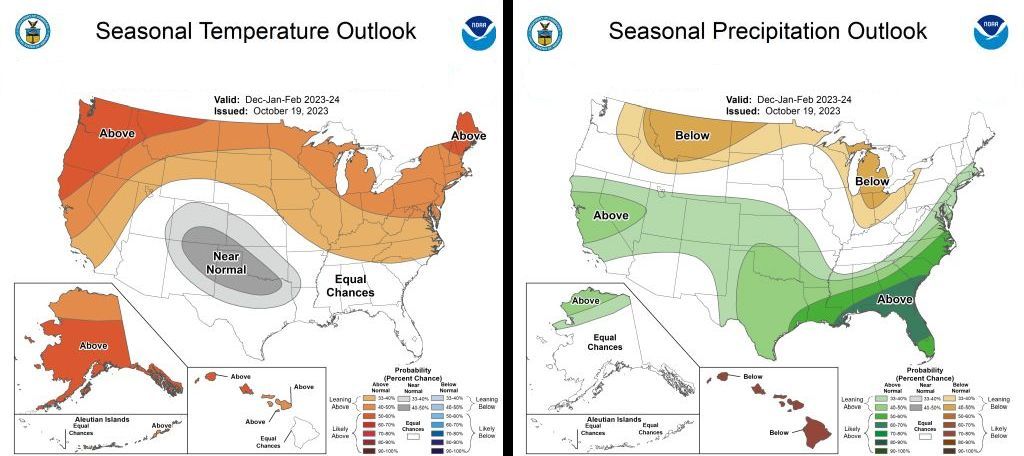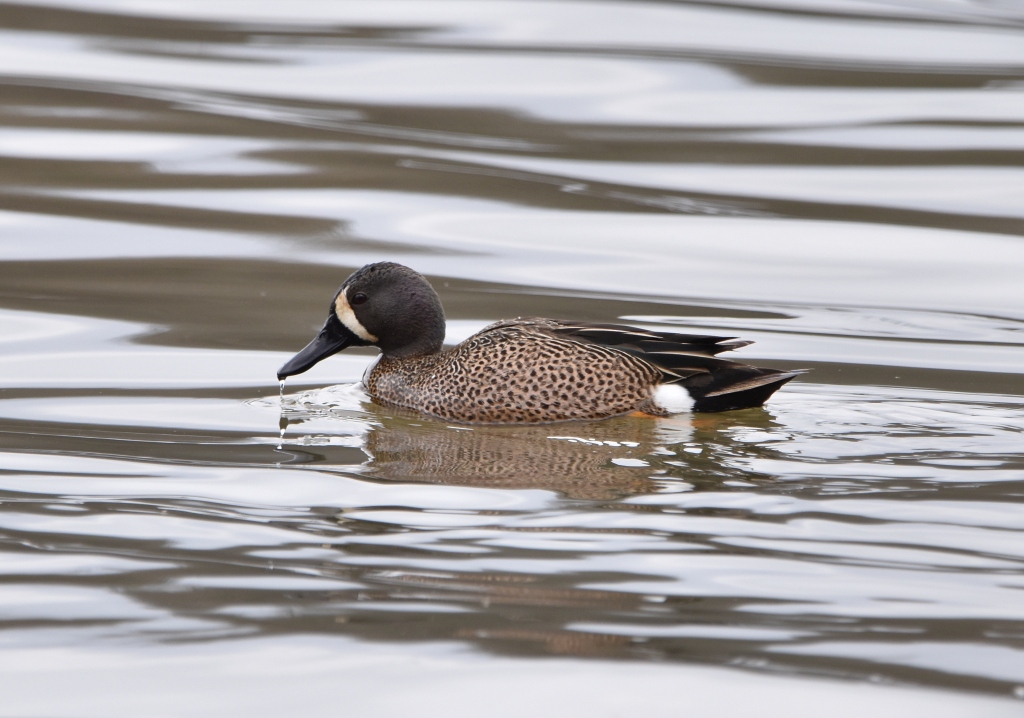
30 March 2024
A Wednesday trip to Moraine State Park was cold and gray but quite worthwhile. We saw 300(!) red-breasted mergansers, many ring-necked ducks, blue-winged teal and a rare bird — a trumpeter swan. Charity Kheshgi’s photos show off the teal and swan.
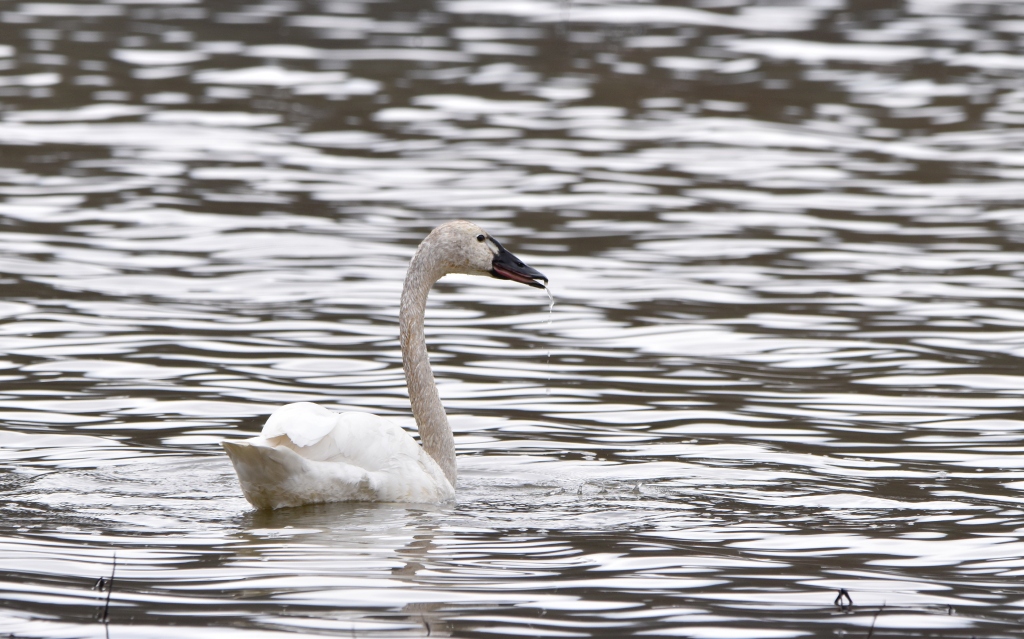
Trumpeter swans (Cygnus buccinator) are “the heaviest living bird native to North America and the largest extant species of waterfowl.” They were nearly extinct in 1933 — only 70 remained in the wild — but several thousand were then found in Alaska. “Careful re-introductions by wildlife agencies and the Trumpeter Swan Society gradually restored the North American wild population to over 46,000 birds by 2010.” The trumpeter at Moraine is one of their descendants. (quotes from Wikipedia)
Spring is 20 days early in Pittsburgh this year. To prove it the yellow buckeye trees were in near-full-leaf on Thursday 28 March in Schenley Park.
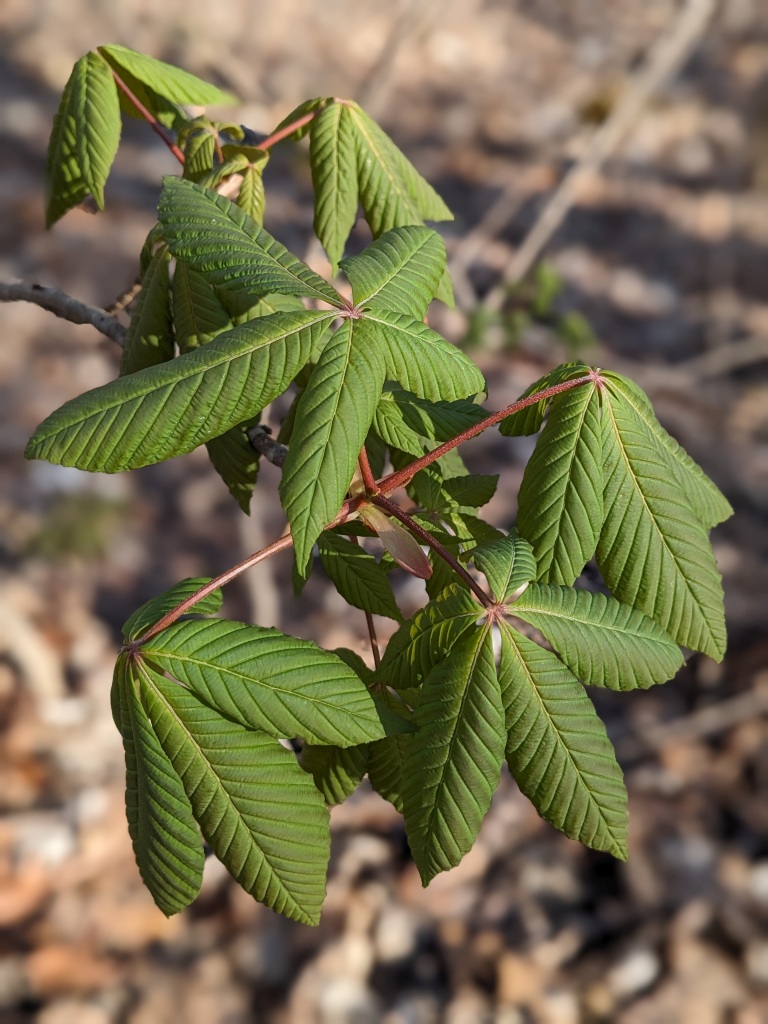
They are 8 days later than the astoundingly early spring of March 2012. Click here to read about that year.
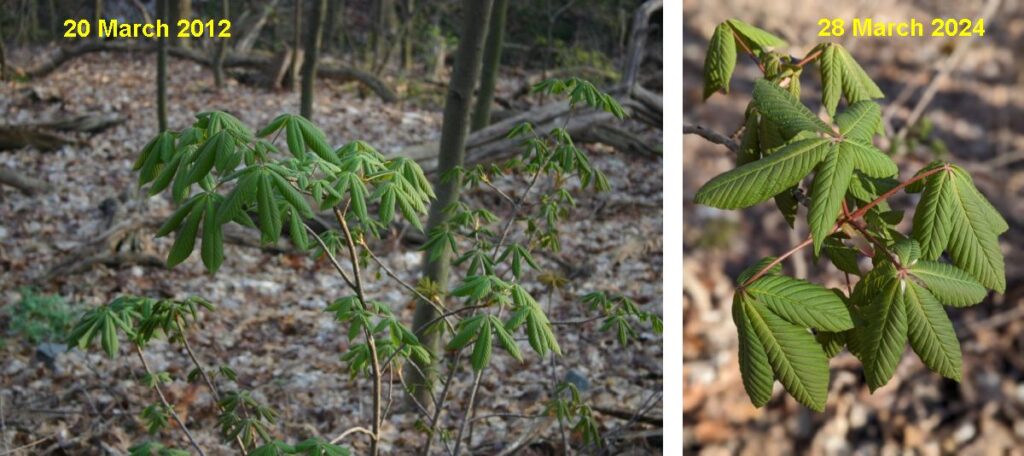
Early spring is the hungriest time of year for deer in Pennsylvania because they’ve already eaten all the easy-to-reach food. When the deer population is greater than the area’s carrying capacity they seek out food in unusual places. Thus I was amazed but not surprised to see a deer browsing the bushes next to our highrise at 5:30am. There is nothing to eat down there. There is nothing to eat anywhere near here.
